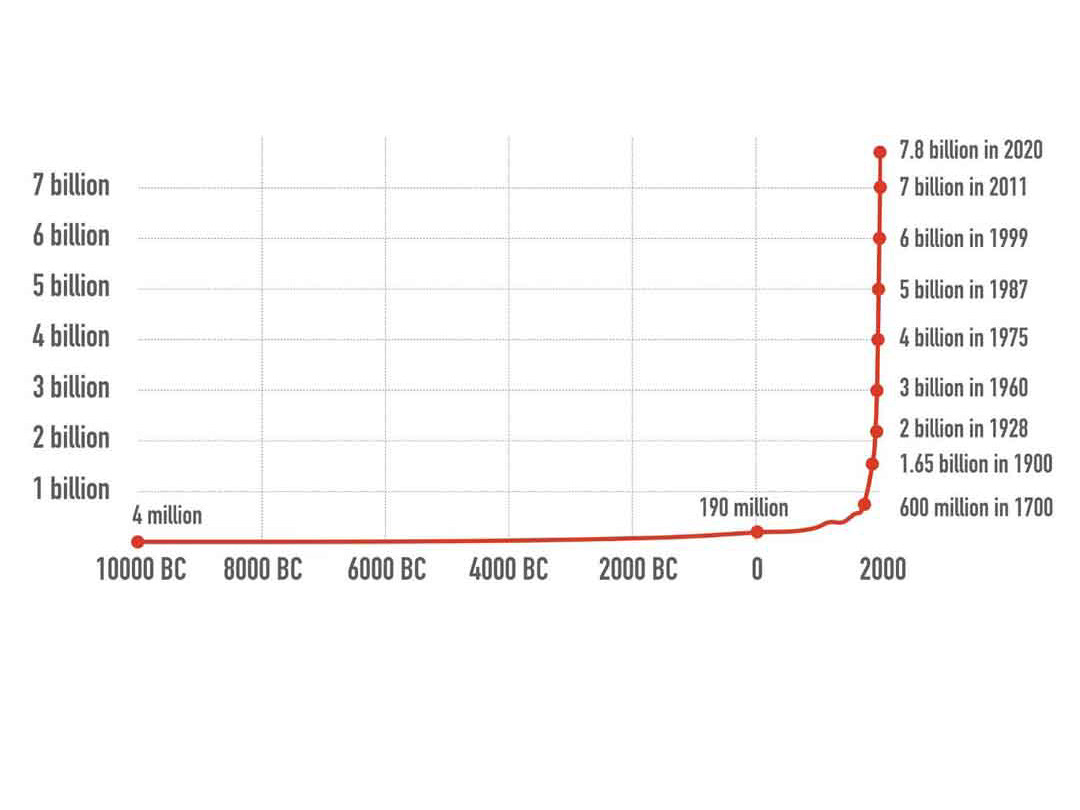photo by: Vic Aquino (July 2022)
A Visit to Mesa Verde National Park
For millions of Americans who first set eyes upon the wonders of our national parks, it is an easy bet they were mesmerized and awestruck.
Even if you have visited your favorite national park 100 times, it is another good bet that you appreciate its rejuvenation and therapeutic powers. And you understand there is a connection out there vastly bigger than yourself. This is your transcendent connection through space and time with the first inhabitants of North America.
One perfect ethereal example, less than 1,000 years old, is Mesa Verde National Park in the southwestern corner of Colorado within the Navajo and Ute reservations. It holds striking cliff dwellings, pit houses, sun temples and more. To thoroughly appreciate such a park, we first need a basic understanding of the Native American’s overall journey.
10,000 Years Ago
The Native American population estimates used to range from the tens of millions to over 100 million across North America.
Less than 400 years ago, their populations plummeted below 10 million. The reasons: relocations, pandemics and genocide first brought on by colonization. Many stories of these lost generations are still left for us to uncover to this day.
There is no doubt the Native American history is tragic, and it should be known to deeply appreciate these lands we visit that contain ancestral homes now federally protected.
“At Mesa Verde, my purpose is to empower the inclusion of indigenous perspectives in the interpretation of the sacred landscape,” said Kristy Sholly, Chief Interpretation & Visitor Services and a 25-year veteran of Mesa Verde National Park.
Between 550 A.D. to 1300 A.D. at Mesa Verde
The Ancestral Puebloans flourished across Mesa Verde (Spanish for green table). They hunted, farmed, and traded for hundreds of years before building their iconic pueblos among the canyon walls.
The Mesa Verde area contains over 4,500 archaeological sites that includes 600 cliff dwellings. The largest and best-known dwelling is the 150-room Cliff Palace, along with Spruce Tree House, Balcony House, Step House, and Long House.
Life within these cliffsides was relatively short; taking place during the last 100 years of their time before they migrated south due to drought and environmental conditions.
The World Recognizes Mesa Verde
In 1906, President Theodore Roosevelt established Mesa Verde National Park to help preserve the works of man. In 1978, the United Nations designated the park a cultural world heritage site.
"It was about recognizing the need to protect cultural heritage and Mesa Verde was the very first park that was created to protect not just cultural heritage, but also the stories of people living on the land,” said Sholly.
Sholly added, “We're honored to be able to tell that story, but we've also been examining who gets to tell that story now.”
For many years, the voice of Native Americans has been written and told by white males. For example, the nearly 100-year-old onsite museum is currently undergoing significant changes.
“We’re working with the tribal communities to change the narrative and the museum is one big example of that change,” said Sholly.
The Mesa Verde Experience Today
From the main entrance, it is more than 20 miles along a windy 2-lane road to reach the first set of cliff dwellings.
15 miles in at the Far View Lodge, turning right heads to Step House and Long House - staying straight takes you to the other main dwellings.
All along the way is much more. From Morefield Campgrounds to the Chapin Mesa Archeological Museum and from breathtaking 8,000-foot vista points to cafes and fine dining, Mesa Verde is meant for a family experience (lots of restrooms along the way too).
An entire day is needed to really take it all in. Two days is better.
As with any place of significance, it is good to study up beforehand. Some areas need tickets (recreation.gov) or are self-guided tours and some areas might be under renovation. Good preparation and organization help assure a wonderful experience.
The Mesa Verde Paradox
Construction projects have been needed to preserve some of the dwellings and locals view this work as artificial. With the national park mission to inspire and protect, therein lies a contradiction.
“One of the things we struggle with is managing the landscape and preserving the cultural heritage where the renovation and stabilization work we do can be at odds with the tribes,” said Sholly. “Their philosophy is that these places were created from the earth and sometimes it's time for them to return to the earth.”
In formal terms, this is a preservation paradox. In nature’s terms, it is part of the circle of life. In human terms, Mesa Verde is part of all our history and humanity, hopefully for the long foreseeable future.



